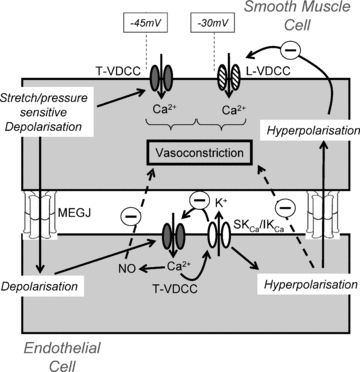Figure 2. Feedforward and feedback control of vascular tone by smooth muscle and endothelial voltage dependent calcium channels (VDCCs).

Physical distension of the vascular wall due to increasing intraluminal pressure activates mechano-sensitive channels leading to depolarisation of smooth muscle cells. At lower pressures, this depolarisation activates T-type VDCC variants (T-VDCC) leading to calcium influx and vasoconstriction. Further depolarisation activates higher threshold L-type channels (L-VDCC), augmenting vasoconstriction. Depolarisation of smooth muscle spreads electrotonically to the endothelium via myoendothelial gap junctions (MEGJs) where it activates endothelial T-type channels. Influx of calcium leads to synthesis of nitric oxide (NO) and additionally the opening of small and/or intermediate conductance potassium channels (SKCa/IKCa). The resultant hyperpolarisation, which is electrotonically transmitted back into the smooth muscle cells, along with diffusion of NO, acts as a feedback brake to excessive tonic constriction.
